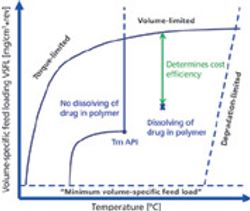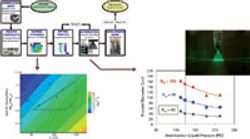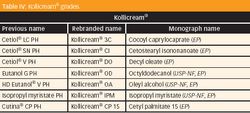Collaborative Work can Lead to Innovation
Pharmaceutical Technology Europe
In drug development, the majority of new chemical entities are lipophilic and/or poorly soluble. New actives often fail during development due to these challenging properties.
Dear Reader,
In drug development, the majority of new chemical entities are lipophilic and/or poorly soluble. New actives often fail during development due to these challenging properties. The solubilization of actives is therefore an important approach towards improving the bioavailability of a drug molecule in an accepted dosage form.
Dr. Ralf Fink
In this special issue, BASF would like to open up a discussion about solubilization challenges and innovative solutions, focusing on both products and cost-effective production technologies, such as hot-melt extrusion and spray drying. Because innovation is always the result of many, companies such as Catalent, Bend Research and Johnson & Johnson have also contributed with their expertise on this topic.
True to its legacy of innovation, BASF continues to develop new innovative solubilizers, such as Soluplus®. Thus, together with our established portfolio of Kolliphor® solubilizers and Kollisolv® cosolvents, we offer a versatile toolbox capable of coping with the many solubilization challenges facing our industry. This, in combination with our SoluHTS® screening robot, enables the industry to screen and identify the most suitable solubilization excipients faster, thereby shortening their product development time.
In the end, there is no single way out of the "maze of pharmaceutical development." However, the use of new technologies and innovative products may get us out quicker.
Dr. Ralf Fink
Vice-President of Global Marketing,
BASF Pharma Ingredients & Services




